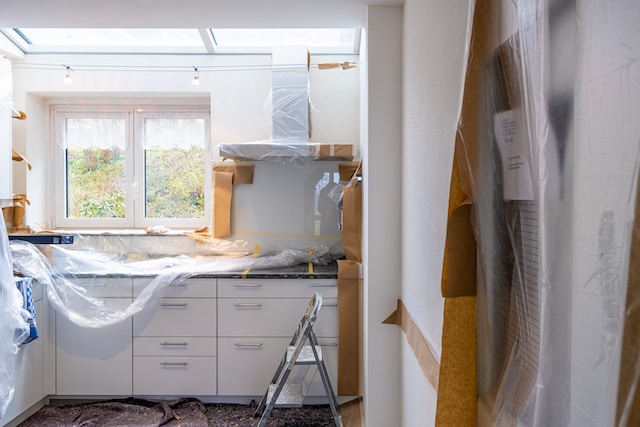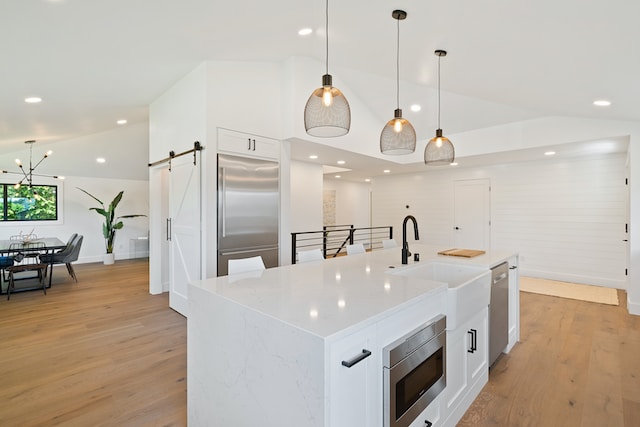Manually embedded videos are known as the Related video player. This video player can be embedded as a sticky or stationary video. Here, you can see how each video player functions.

Note: all articles were written by AI for the purpose of displaying ads. These articles are not intended to be used as real recipes/blog posts.
The kitchen is often considered the heart of the home, a place where families gather to cook, eat, and create memories. As such, it’s no surprise that many homeowners choose to invest in renovating this important space. A well-designed kitchen can not only improve the functionality of your home but also increase its value. In this blog post, we will walk you through the step-by-step process of renovating your kitchen, from planning to execution.
Step 1: Set Your Goals and Budget
Before diving into the renovation process, it’s essential to establish your goals and budget. Consider the primary purpose of your kitchen renovation: do you want to create more space, update the design, or improve functionality? Once you have a clear vision, determine your budget.
Sticky Related video player
This is our sticky Related video player. This video player begins to play once scrolled into view and sticks to the page as you scroll past. When a sticky Related video player is embedded in a post, the Playlist video player will not appear, as only one sticky video can appear on the page at a time.
Having a realistic budget will help you prioritize tasks and make informed decisions throughout the project.
Step 2: Gather Inspiration and Ideas
Now that you have a clear vision and budget, it’s time to gather inspiration and ideas. Start by browsing online resources, such as Pinterest and Instagram, or flipping through home design magazines. This research will help you identify the latest trends, materials, and color schemes that resonate with your personal style. Save your favorite ideas and create a mood board or collage to serve as a visual reference throughout the renovation process.
Stationary Related video player
Here is our stationary Related video player. This click-to-play, manually embedded video player only begins to play when the reader interacts with it. When you click to play this video, the other sticky video player will drop off to avoid a video overload. Click here to see how to embed a video on your site.
Step 3: Plan the Layout and Design
With your inspiration in hand, begin planning the layout and design of your kitchen. This step involves deciding on the placement of appliances, cabinets, countertops, and other essential elements.
Consider the “kitchen work triangle,” which connects the refrigerator, sink, and stove, to ensure efficient workflow. Don’t forget to account for storage needs, lighting, and seating areas. If you’re unsure about the best layout for your space, consult a professional kitchen designer for guidance.
Step 4: Choose Materials and Appliances
Once you have a solid layout, it’s time to choose materials and appliances. This step involves selecting cabinetry, countertops, flooring, backsplash, and other finishes. Keep your budget in mind and consider the durability, maintenance, and aesthetic appeal of each material. Additionally, research energy-efficient appliances that can save you money on utility bills in the long run.
Step 5: Hire Professionals
While some aspects of a kitchen renovation can be tackled as DIY projects, it’s best to hire professionals for tasks that require specialized skills, such as plumbing, electrical work, and installation of appliances. Obtain quotes from multiple contractors, check references, and ensure they are licensed and insured. A reputable contractor will help ensure a smooth renovation process and minimize potential issues.
Step 6: Prepare for Disruption
A kitchen renovation can be a disruptive process, so it’s essential to prepare for the temporary inconvenience. Set up a temporary kitchen space in another room of your home, complete with a microwave, mini-fridge, and essential cooking utensils. Inform your family members about the renovation timeline and establish a clear communication plan with your contractor to stay updated on progress.
Step 7: Execute the Renovation
With all the planning complete, it’s time to execute the renovation. Work closely with your contractor to ensure that each phase of the project is completed according to the timeline and budget. Be prepared for unexpected issues, such as hidden water damage or outdated wiring, and address them promptly to avoid delays.

Step 8: Add the Finishing Touches
Once the renovation is complete, add the finishing touches, such as window treatments, lighting fixtures, and decorative accessories. These details will help personalize your new kitchen and make it feel like home.
Conclusion
Renovating your kitchen can be a rewarding experience that enhances the beauty and functionality of your home. By following these steps and working with experienced professionals, you can create the kitchen of your dreams while staying within your budget. Happy renovating!





